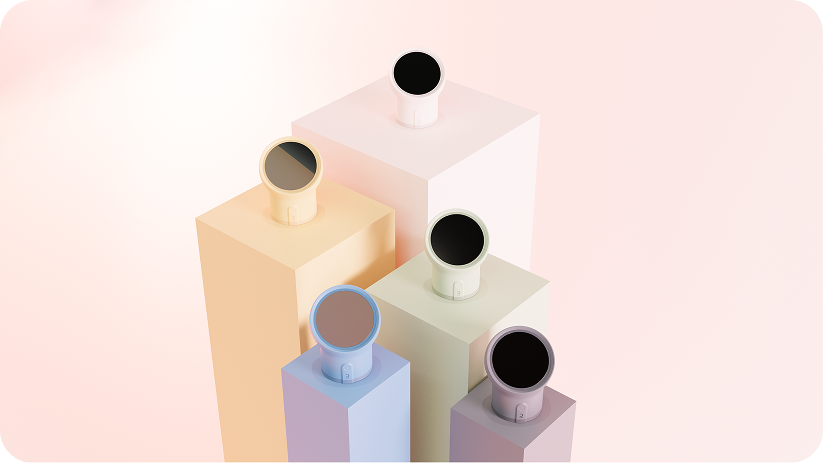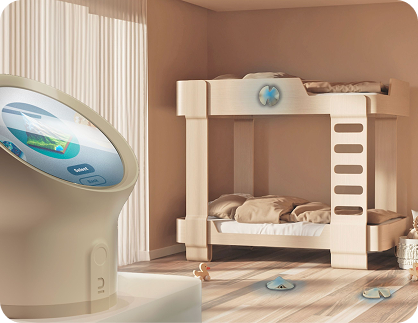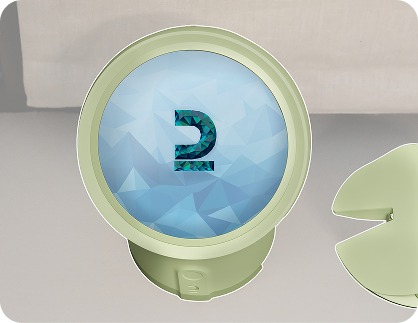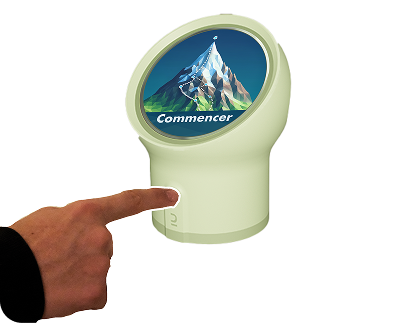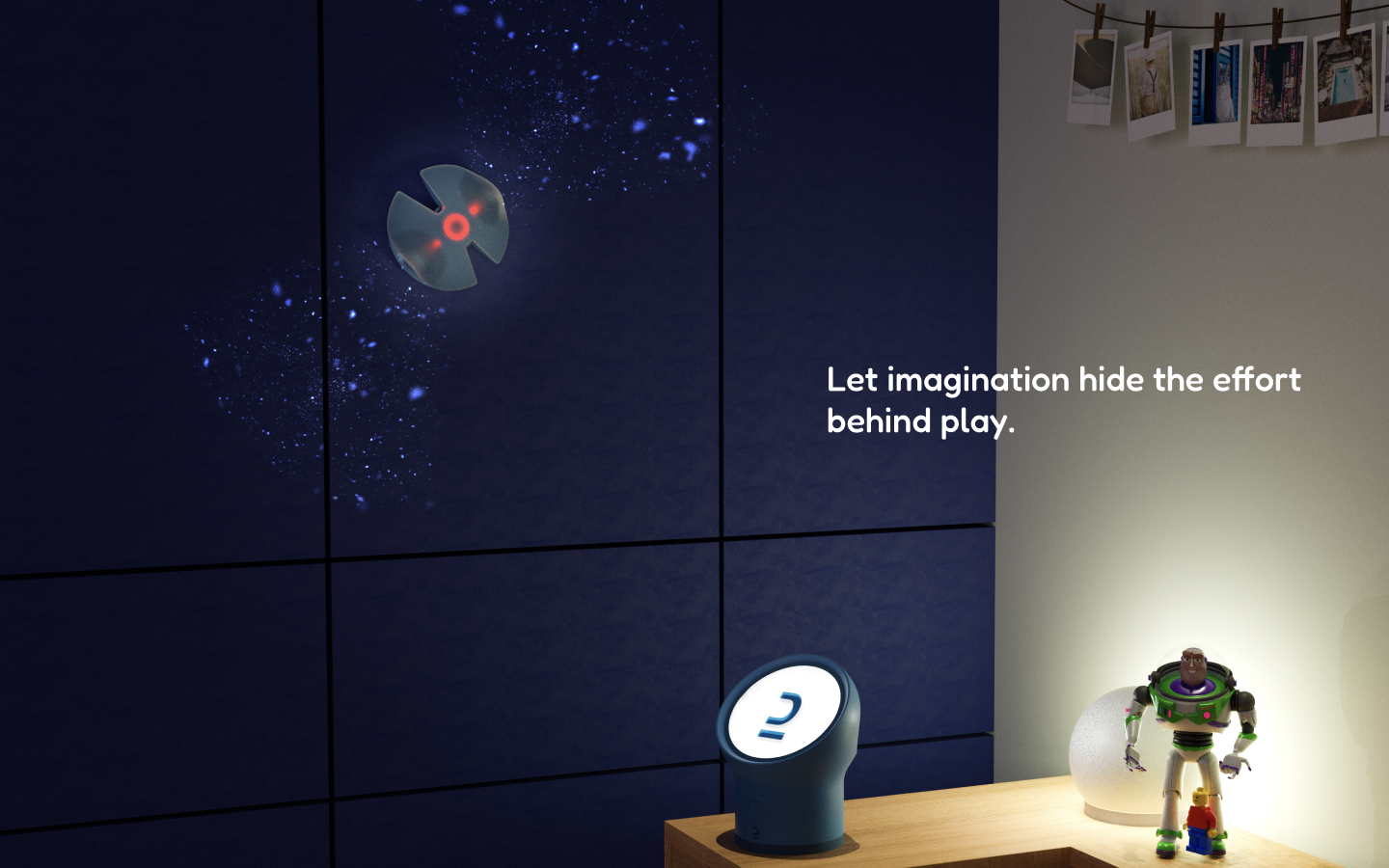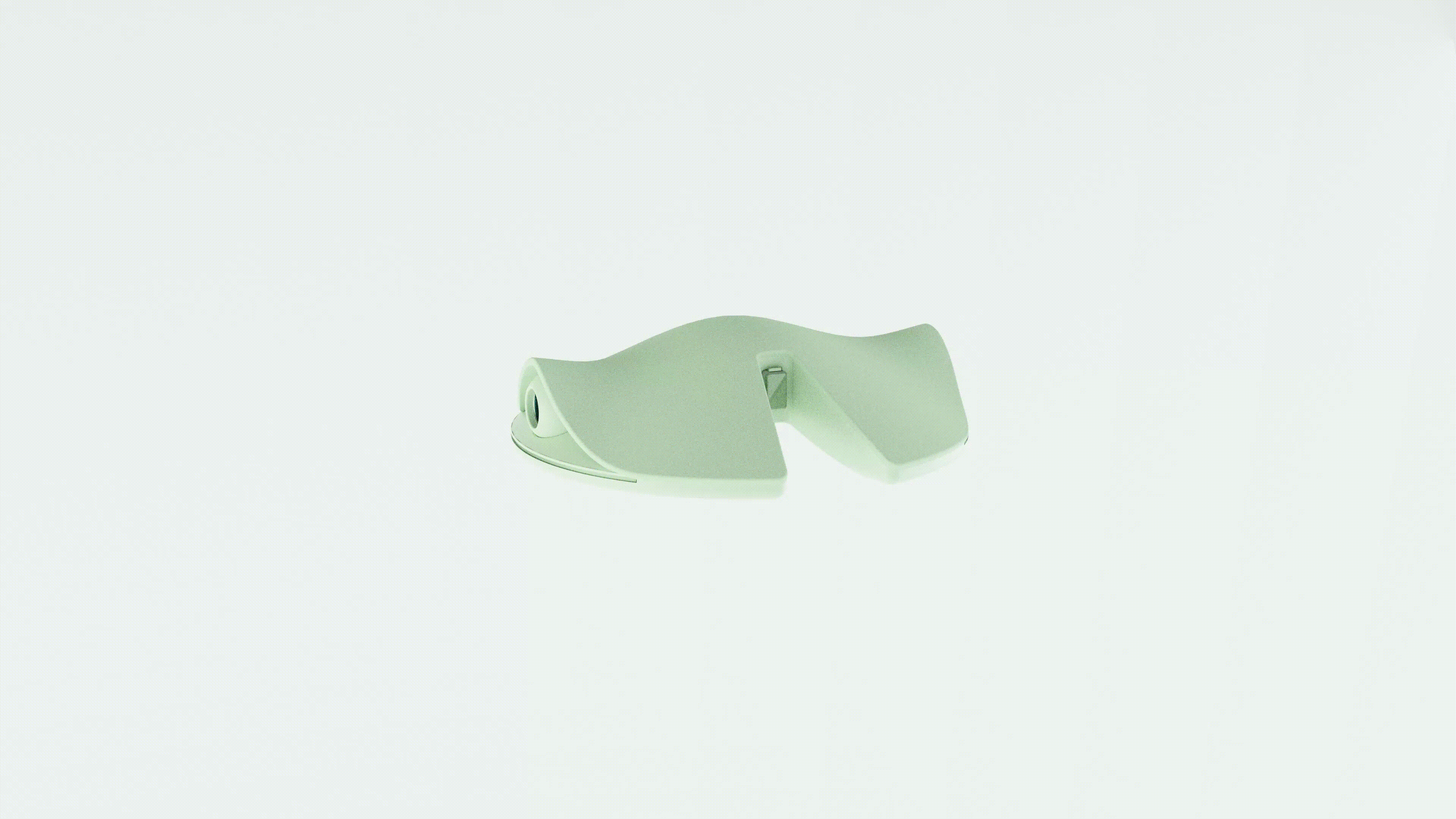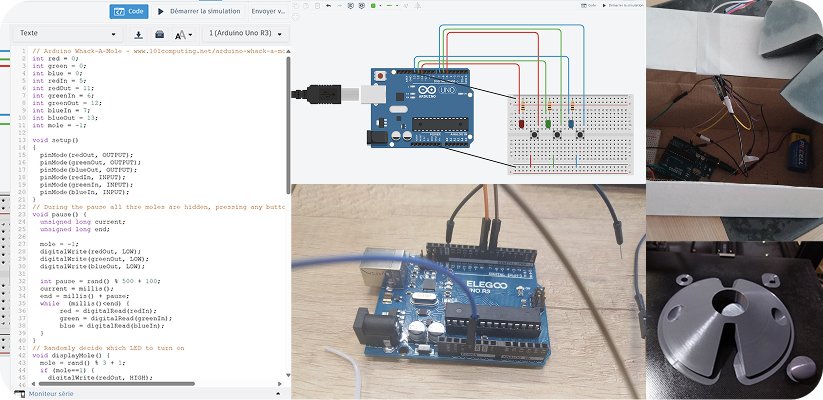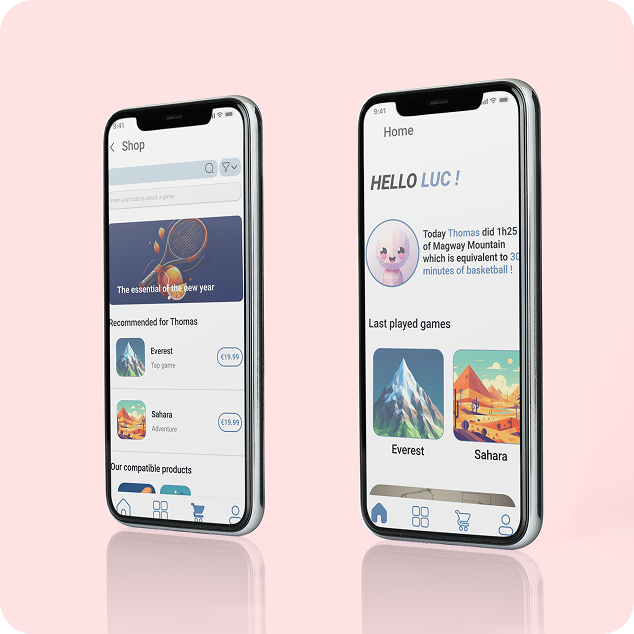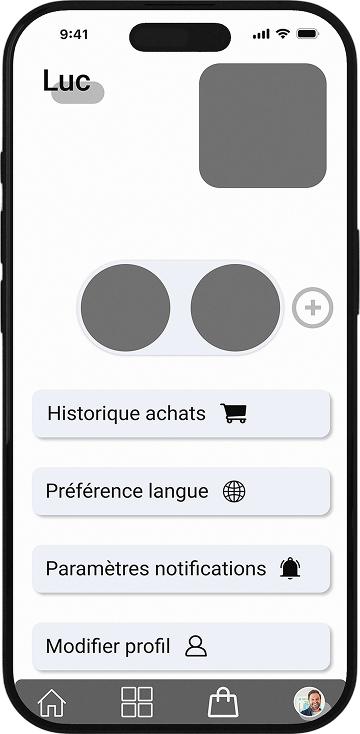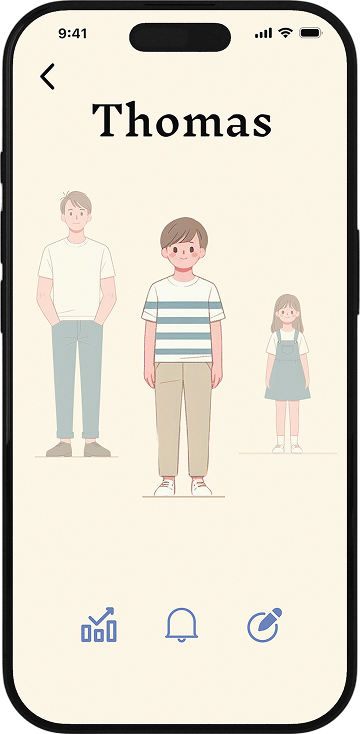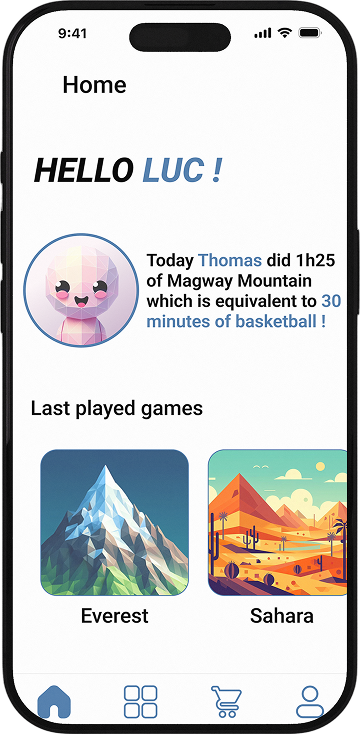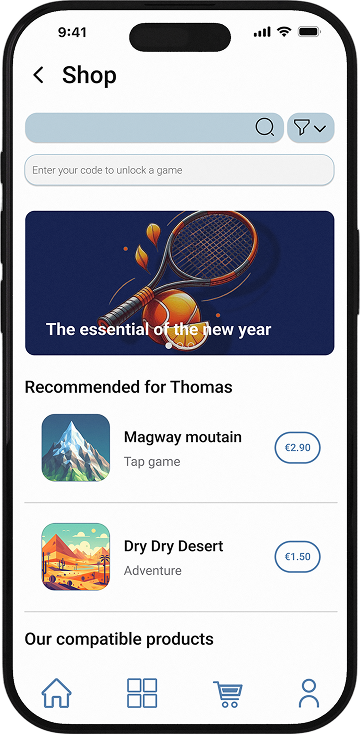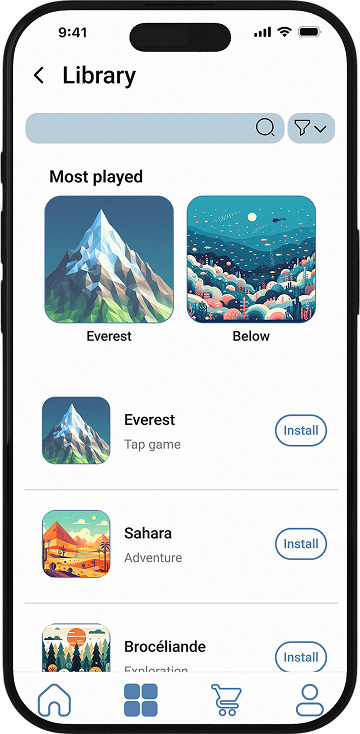Vervy
Brief
How might we change relationship to sport by designing new ways of initiating, motivating kids and make super easy for them to have fun! Create a 360° sport experience to make kids move more (and have fun) from 3yo to 12yo urban & big cities oriented who is durable and exponential.
Objectifs
Focus on the fun aspect of sport and partnership with Decathlon France to create an engaging experience for children.
Summary
Research
Lorem ipsum dolor sit amet, consectetur adipiscing elit. Sed do eiusmod tempor incididunt ut labore et dolore magna aliqua.
Ideation
Lorem ipsum dolor sit amet, consectetur adipiscing elit. Sed do eiusmod tempor incididunt ut labore et dolore magna aliqua.
Development
Lorem ipsum dolor sit amet, consectetur adipiscing elit. Sed do eiusmod tempor incididunt ut labore et dolore magna aliqua.
Current problem
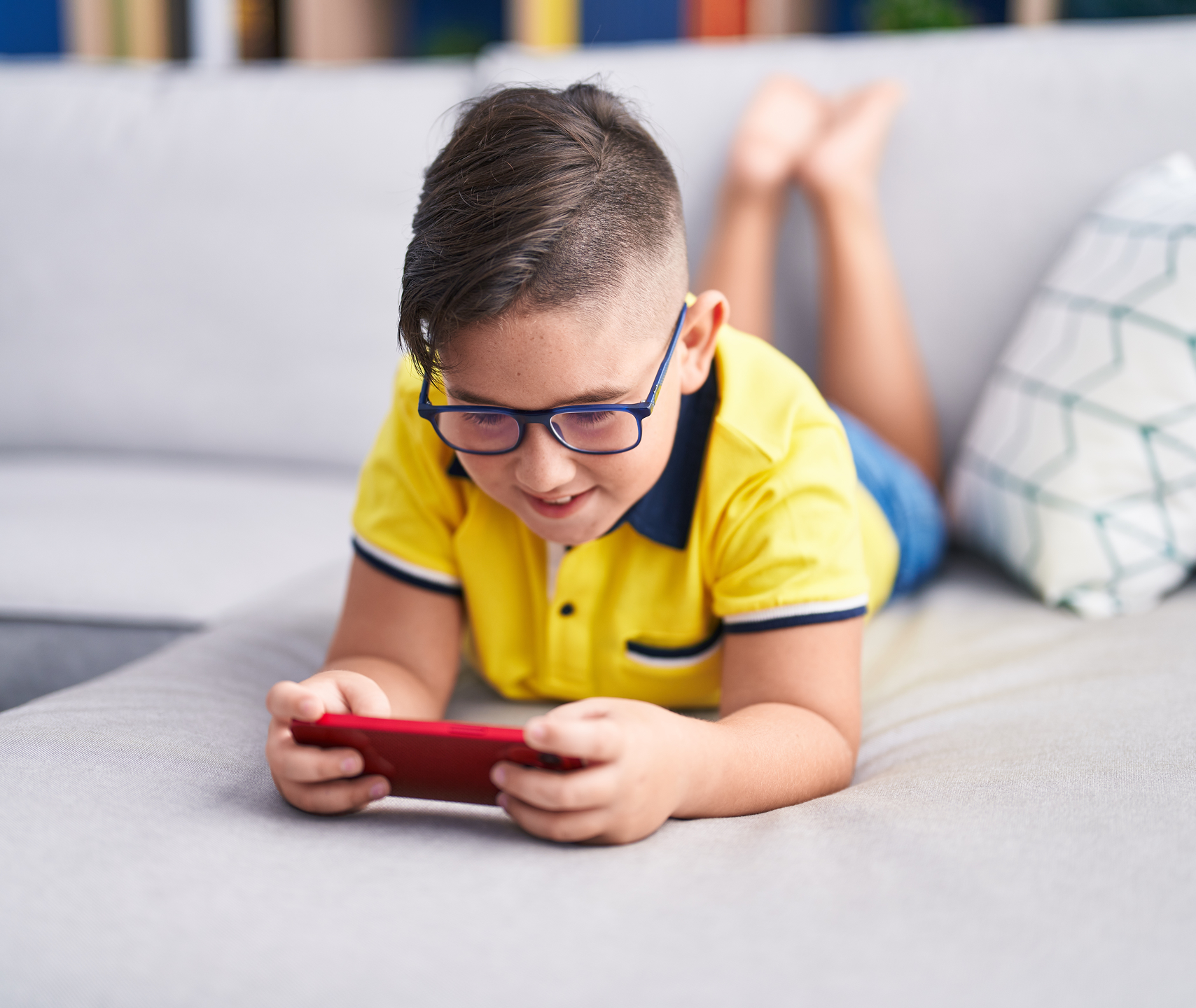
Our research has provided us with several alarming pieces of information on the subject of sports in children aged 3 to 12:
- In France, 2 out of 3 children present a health risk due to an excessively sedentary lifestyle (chair syndrome)
- Over 60% of 6-10 year-olds engage in less than 2 hours of physical activity every day, posing a major health risk.
- Sedentary lifestyles are the 4th leading cause of non-communicable disease in young people.
Research

We've carried out a number of research projects on the problems caused by lack of physical activity, or on the reasons for the decline in physical activity among young people.
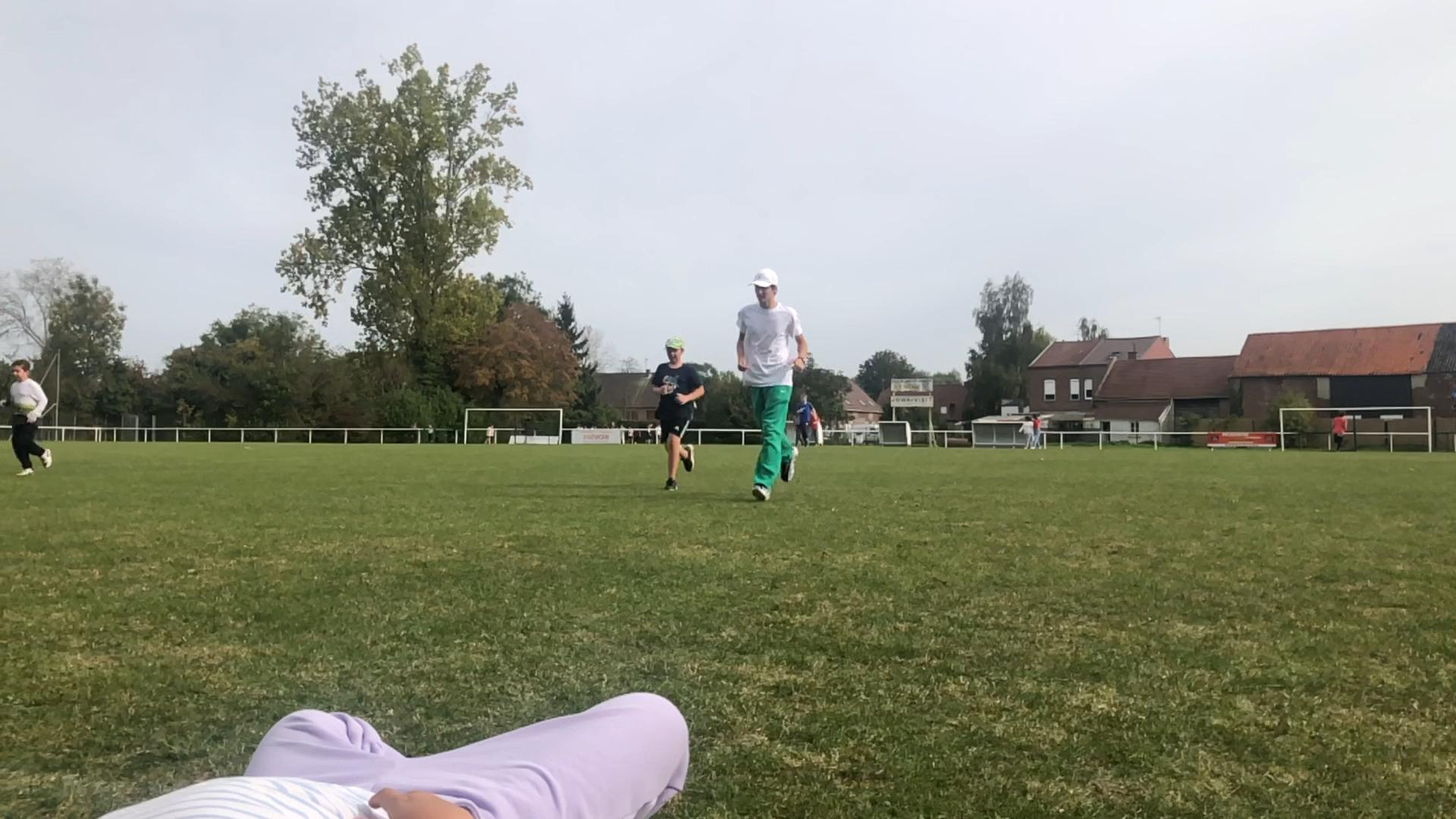
We also asked a number of children about their sporting habits and their relationship with sport. At the same time, we sent out a questionnaire to parents in order to obtain quantitative data on stakeholders.
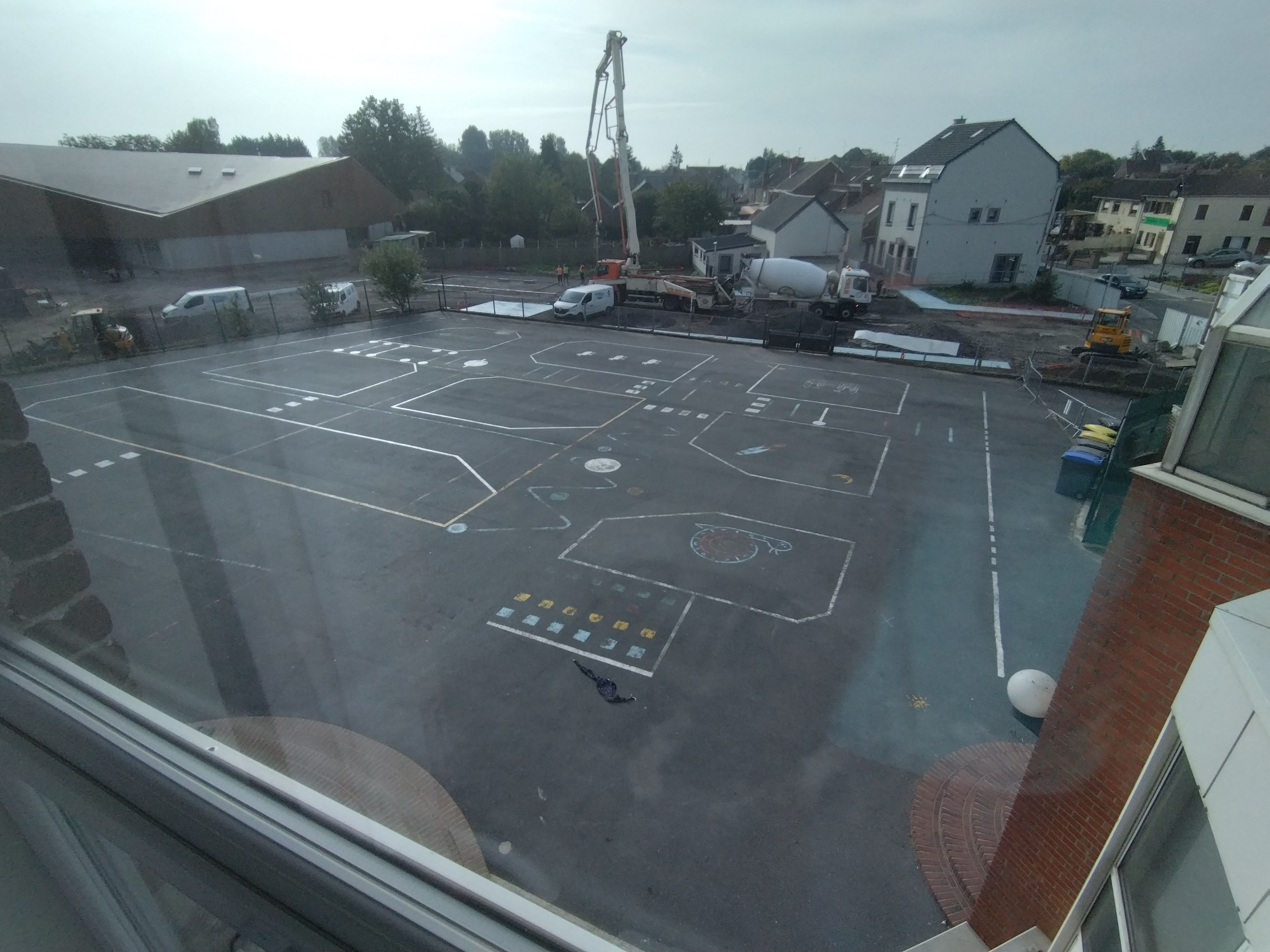
Finally, we visited an elementary school in Wallers to observe and question the children's sporting practices, and to talk with the teaching staff.
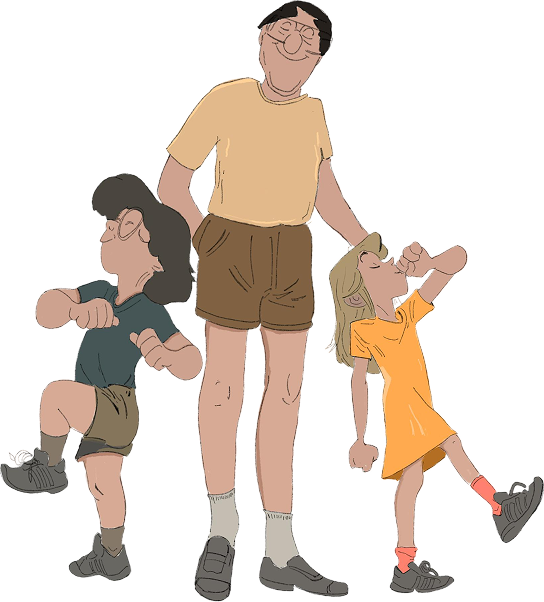
Daumiau Family
Thomas, 11 years old
First child of the family
Slightly overweight
Doesn’t like sport
Feel like he has less physical abilities than his friends
Since their father work a lot, he and his sister often have to take care of themselves and find ways to entertain themselves.
Lou, 8 years old
Younger sister of Thomas
Has a lot of energy and finds it difficult to use it up
Demands a lot of attention from his father when they are together
Want to play with her brother but they don’t share the same interest: She like physical activity but he prefer game where he can sit like boardgames or video games
Luc
The father of the Thomas and Lou
live alone with his 2 children in a flat without a garden
He work a lot so when he come home, he doesn’t have the energy to help his kids get some exercices
These personas enabled us to deduce what would be essential for creating our solution based on the initial brief.
So we wanted to:
- Enabling all family members to be involved in the child's sporting life through an activity that connects them all.
- The solution must enable the child to develop social bonds with other people of the same age.
- The solution should present sports activities as a game rather than as the sports taught in school, which are unattractive to children.
- Children should be allowed to practice sports in a small space or without necessarily needing a garden, since not all families have access to one.
- Even though parents should be able to get involved in their child's sporting life, it is essential that children can use our solution independently, as parents cannot always be available for their children.
- The solution must offer several levels of activity in order to be accessible to children of all sports abilities.
Creativity phase
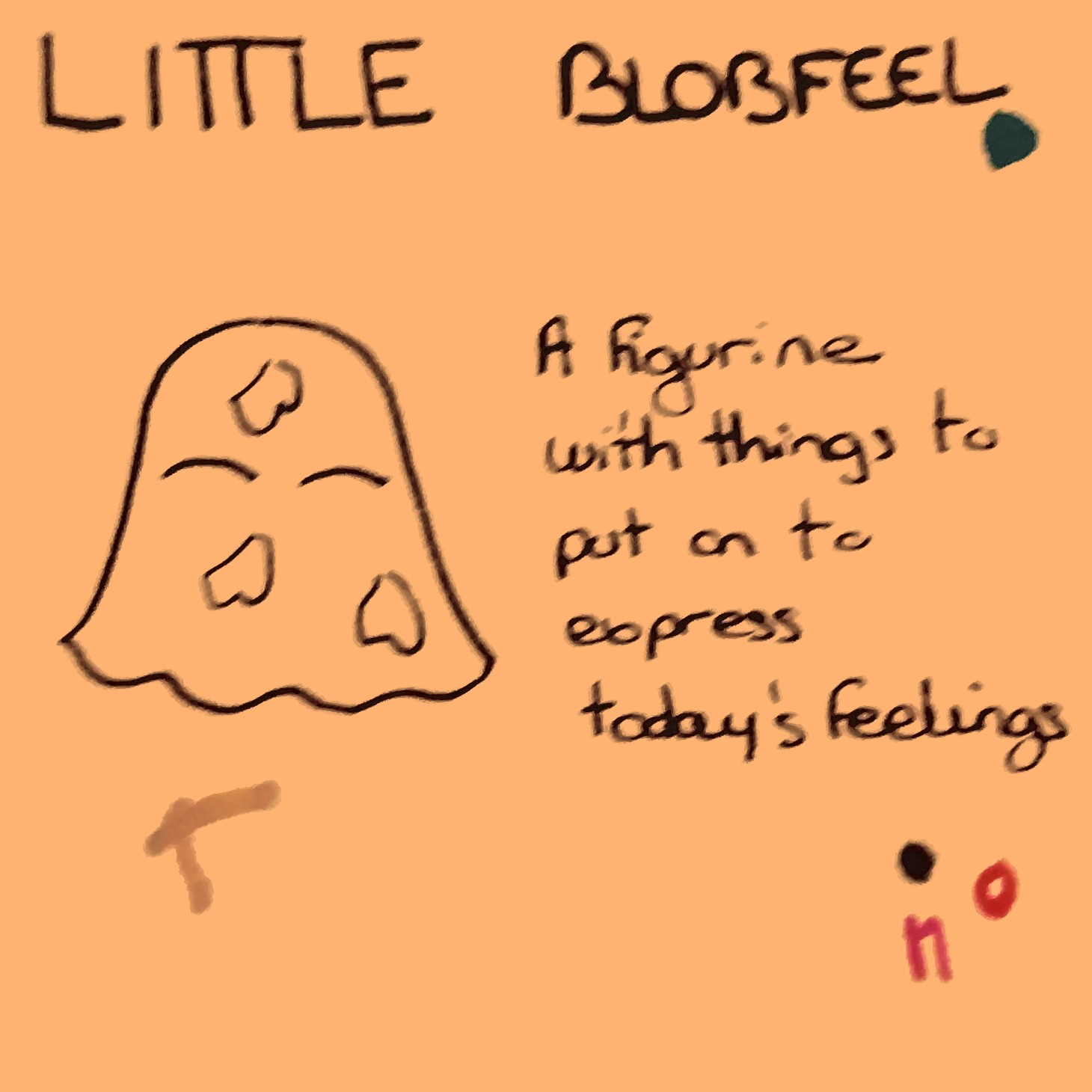
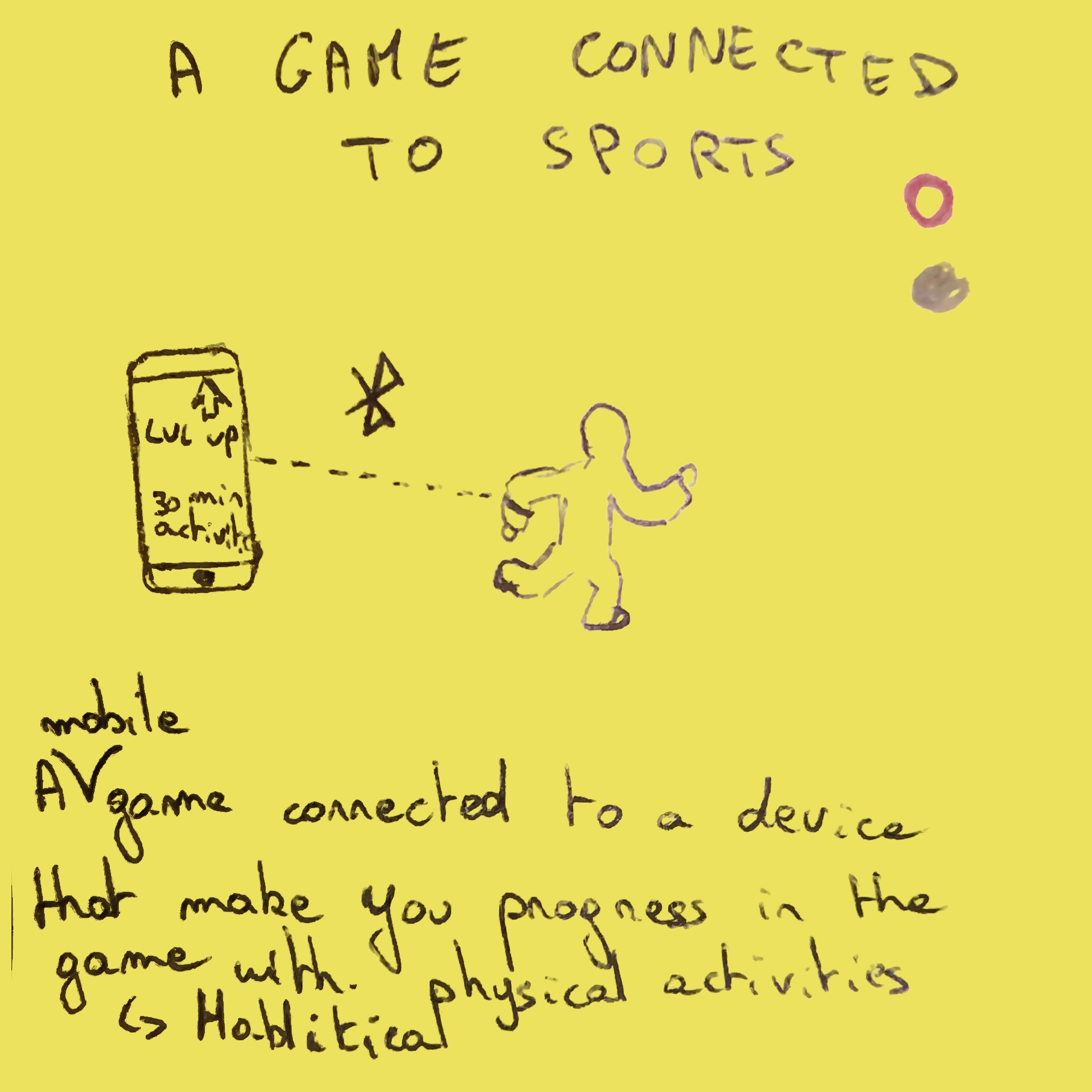

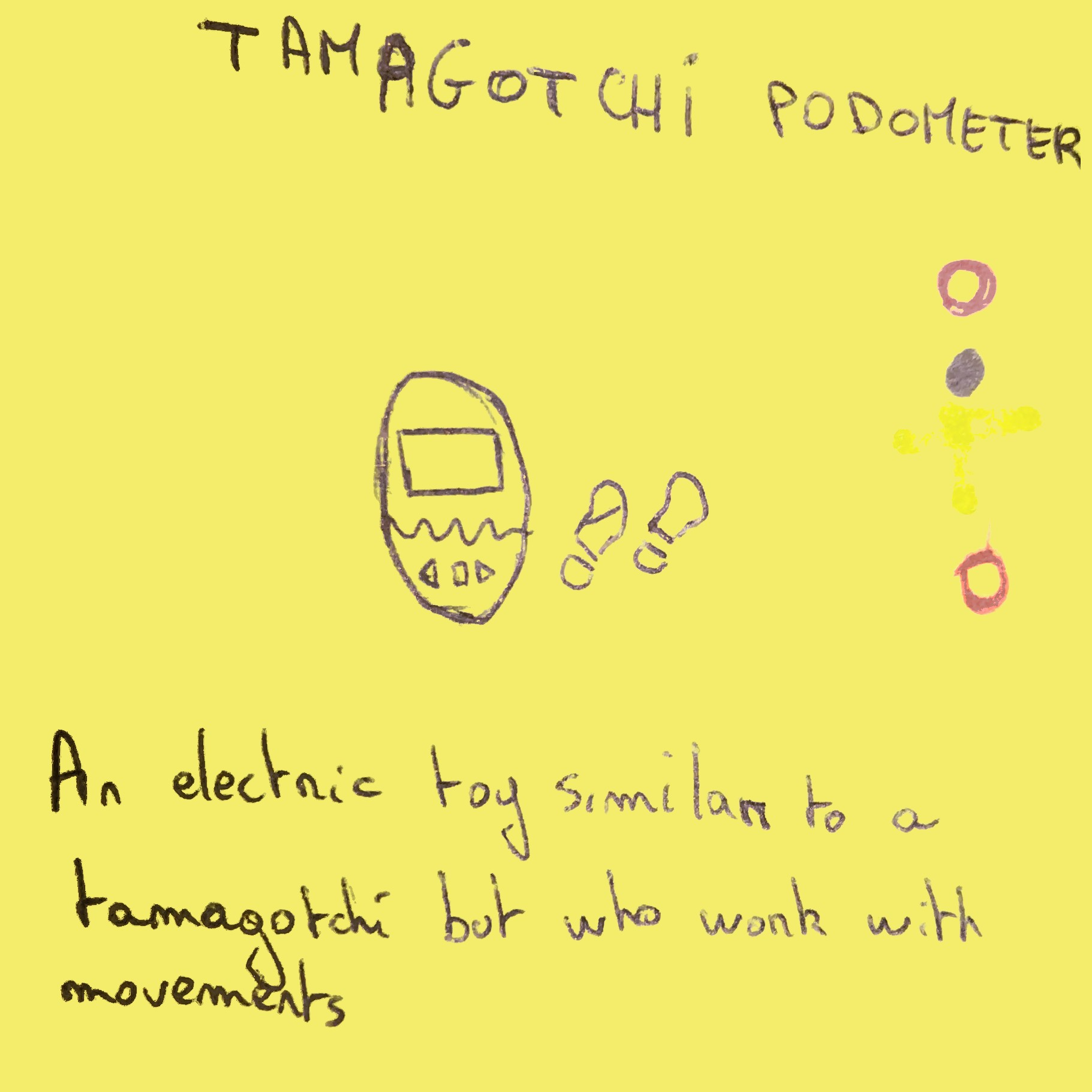

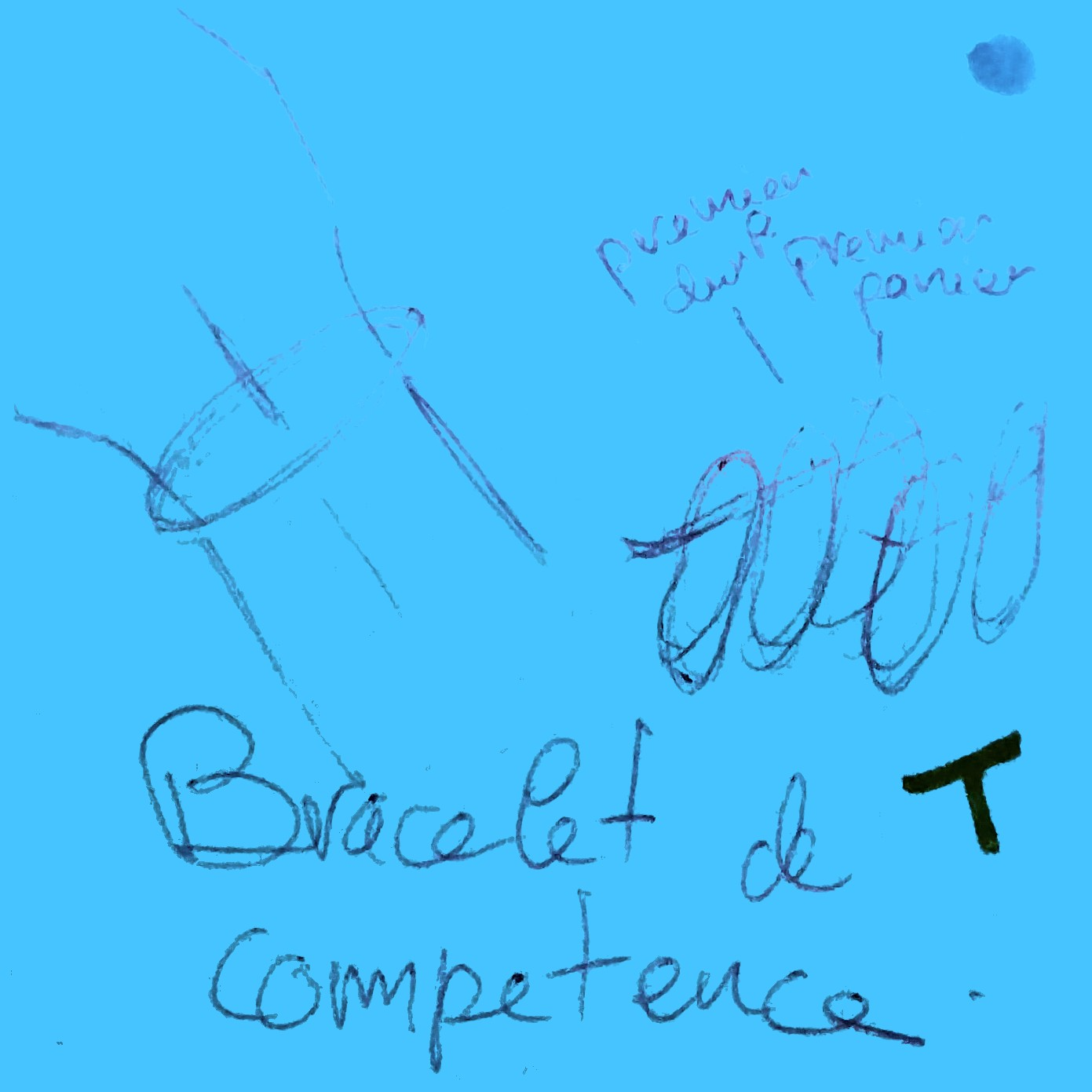
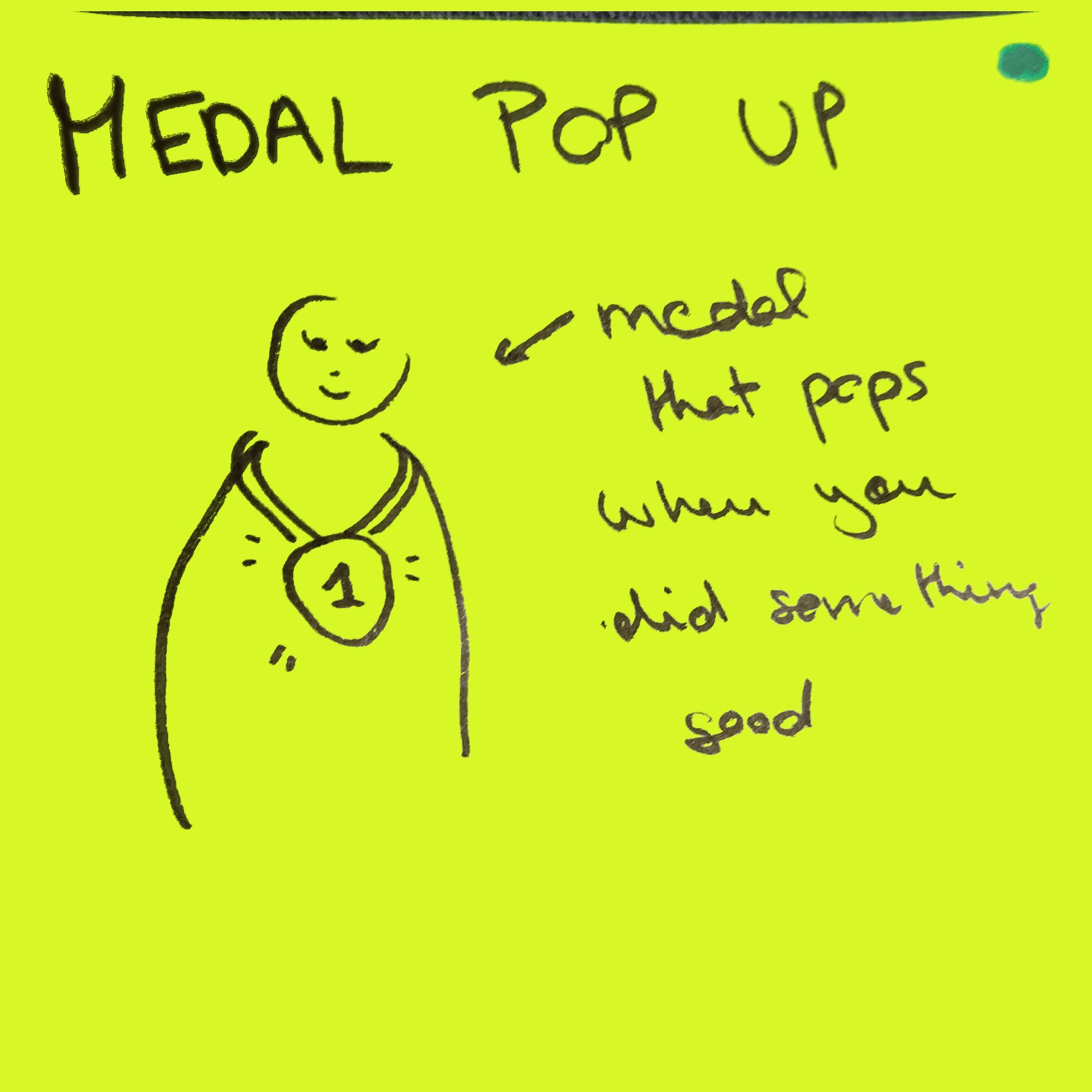
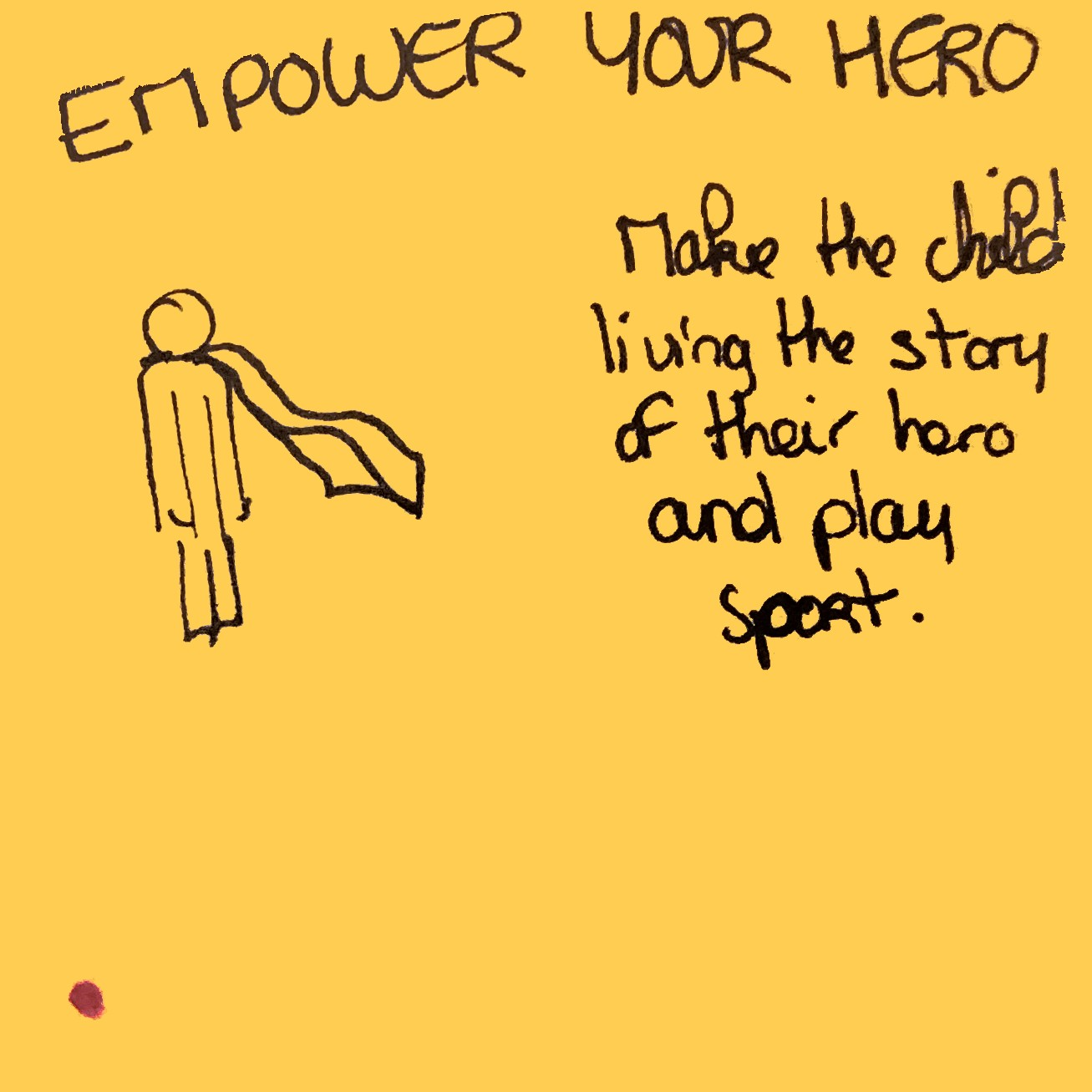
Among the many concept ideas and features we explored, a few were developed further and helped define our final direction.
One of them revolved around the idea of companionship. The goal was to address the absence of parents by introducing a supportive companion who would encourage children to be active and guide them during physical activities.
The main challenge was to prevent the child from becoming dependent. The companion wasn’t meant to be the only reason to move, but rather a motivational boost without replacing real human relationships, especially those with parents.
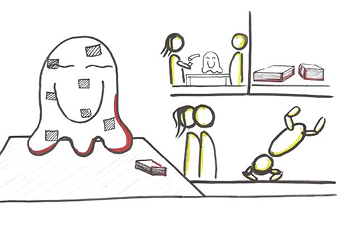
This early concept features a mascot that offers small daily sports challenges for children. The goal was to create a toy-like physical object for the home that turns exercise into fun challenges proposed by a companion.

With this pre-concept, we wanted to take the idea of a companion further with a character that could follow us everywhere before being placed on a base to connect to the internet and offer daily challenges and activities for the child.
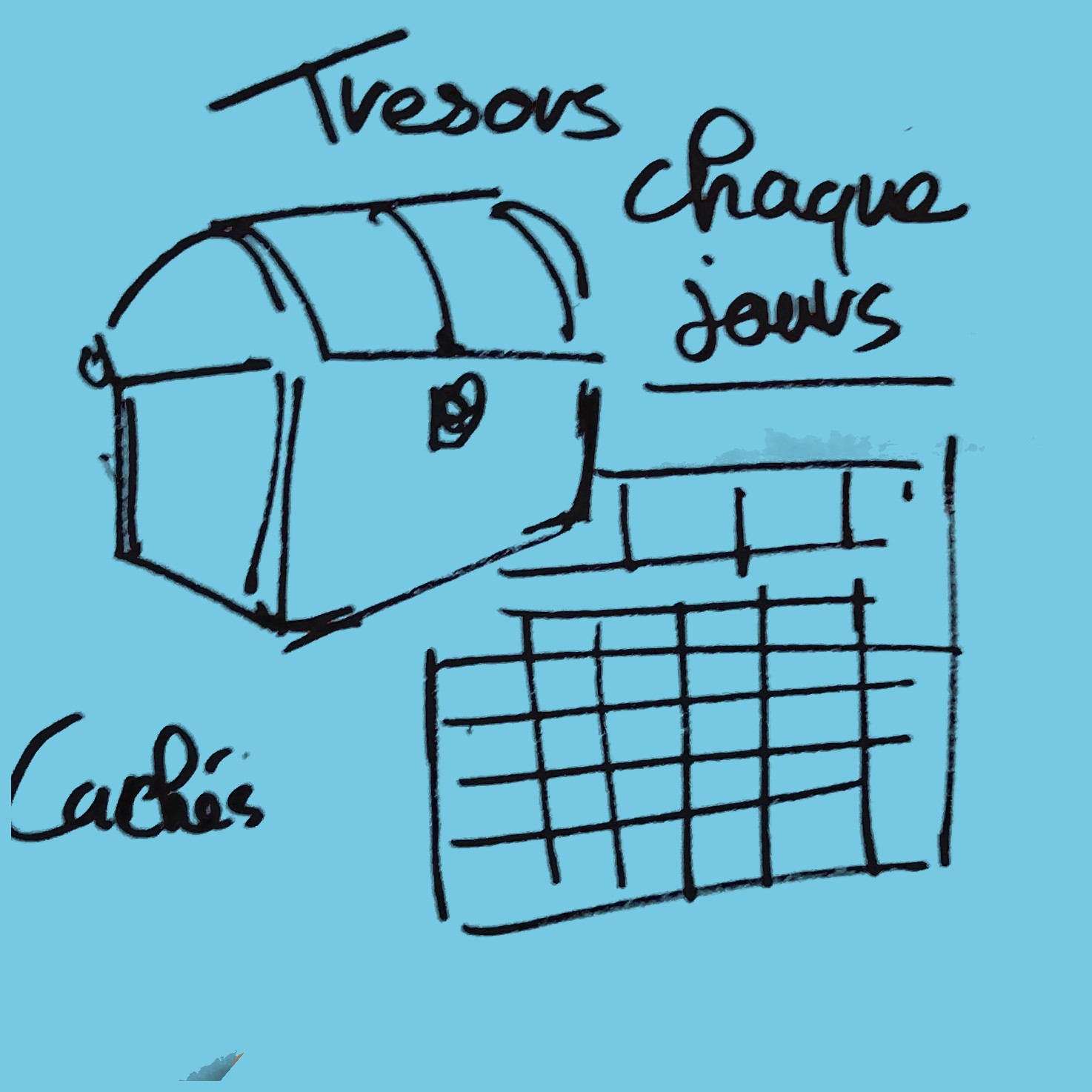
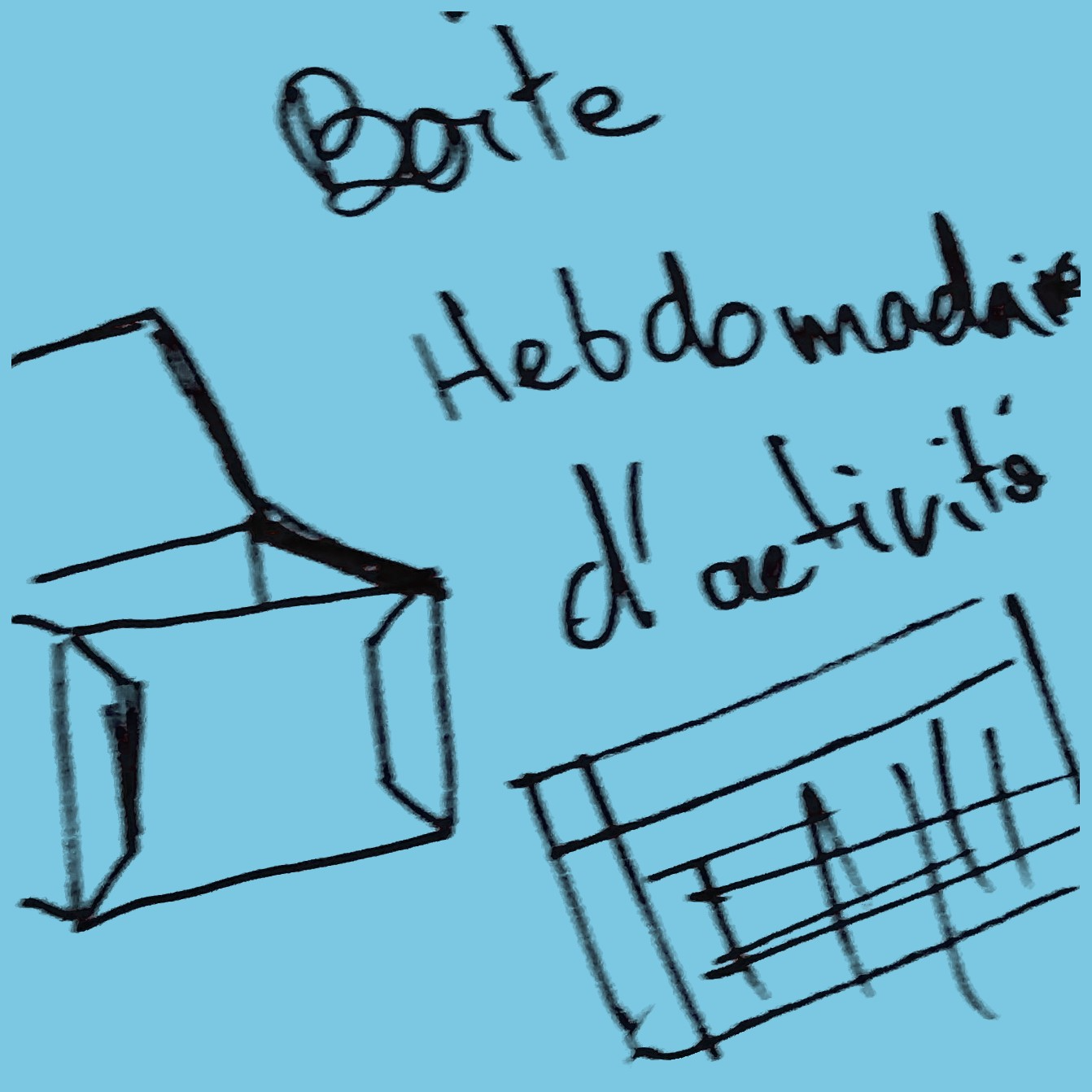
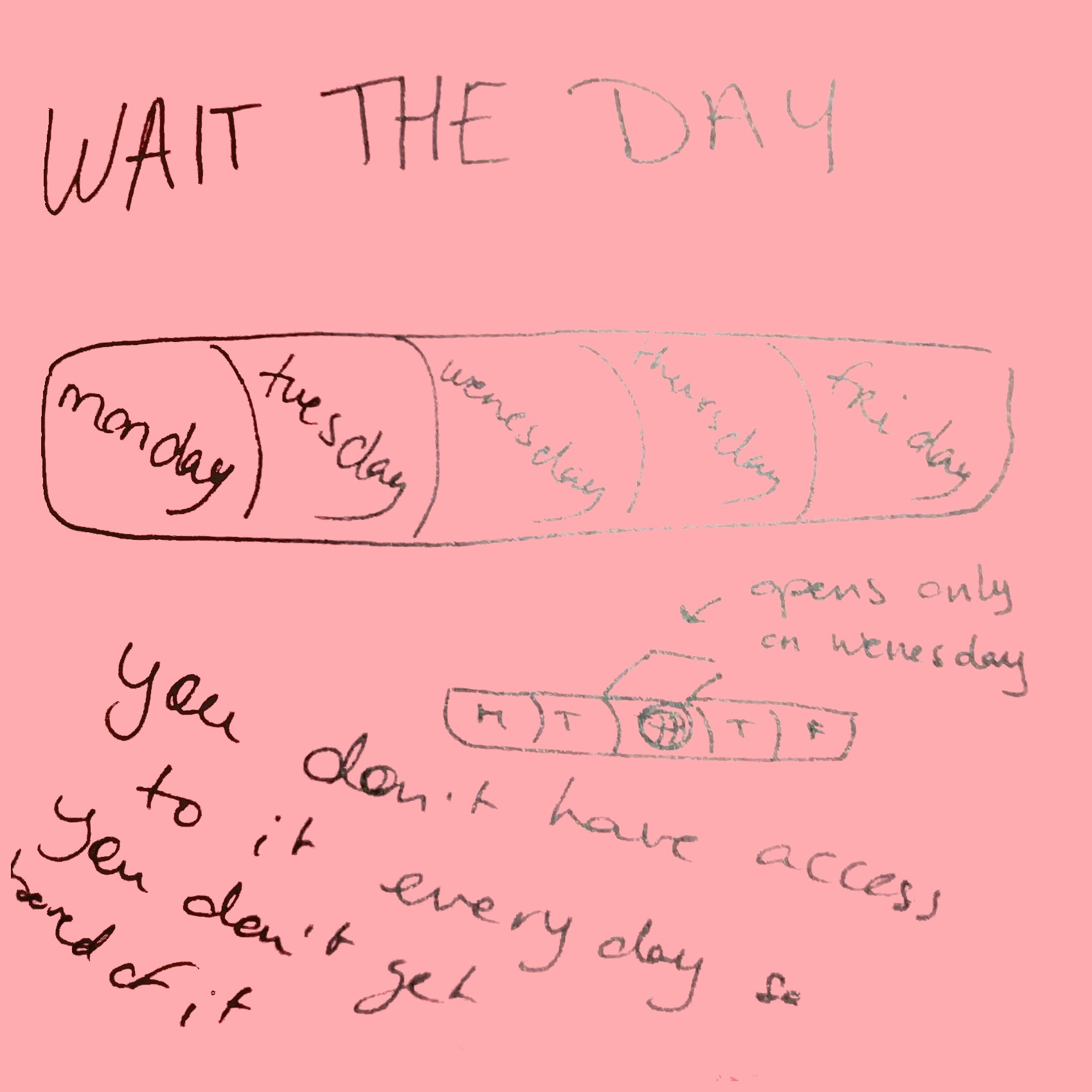
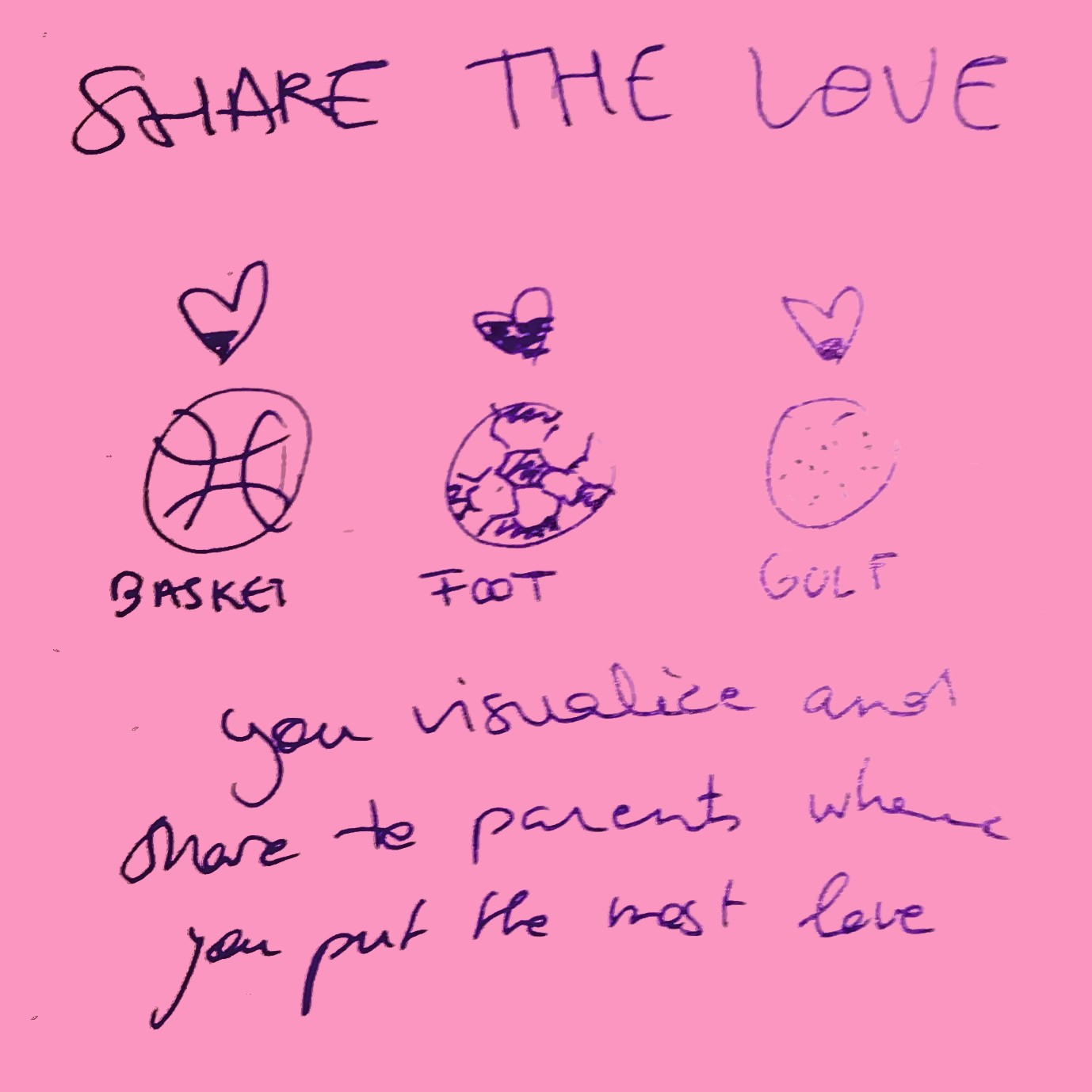
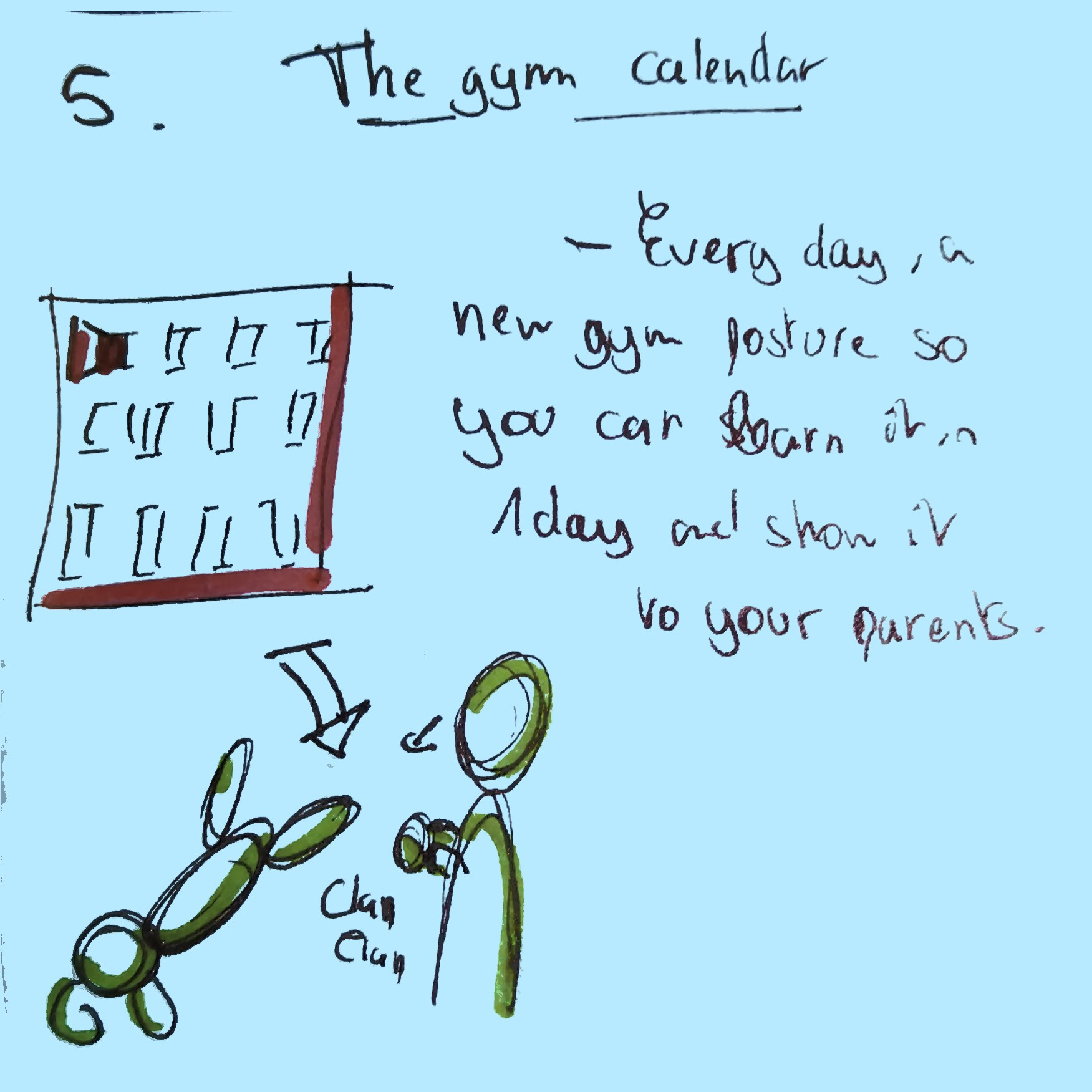
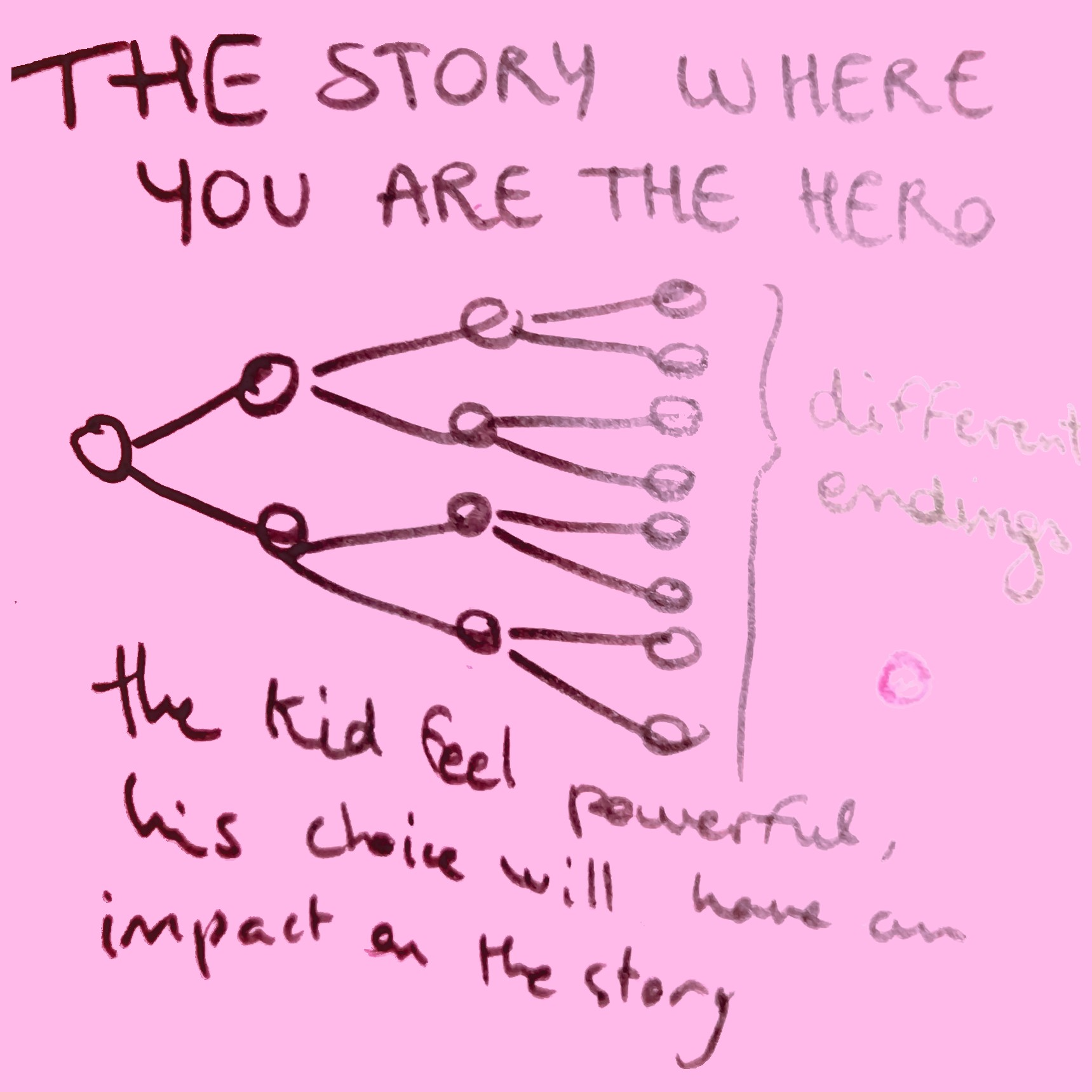
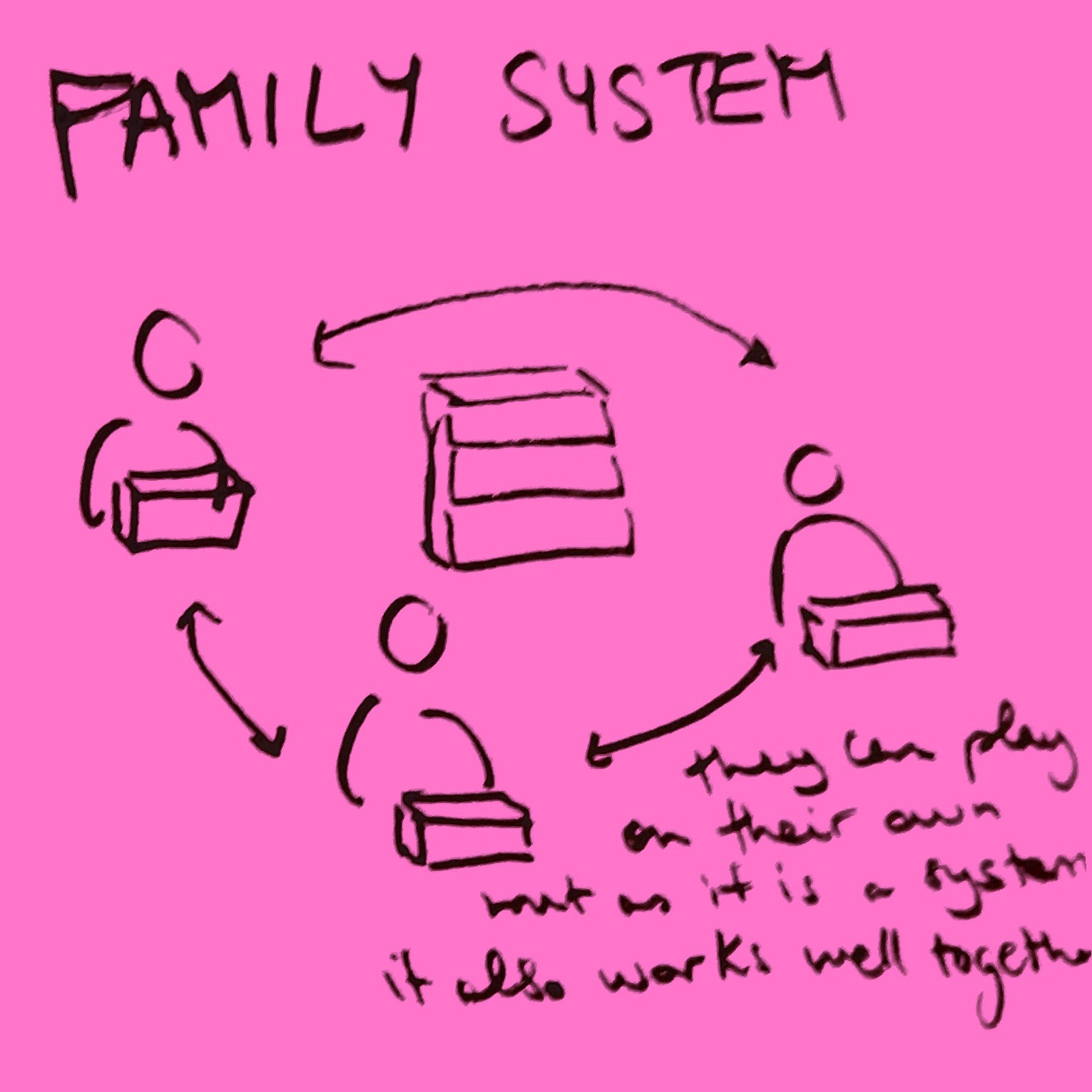

Another group of ideas led us to propose an element where children would return at regular intervals to receive rewards or challenges. Our aim was to encourage children to commit to the program and help them develop healthy habits around daily physical activity.
The main problem with this solution was that even if it helped the child establish a routine, it did not guarantee that they would stick to it. We therefore needed to come up with a solution that would encourage the child to follow this exercise routine by offering a reward that was interesting enough to keep them motivated.
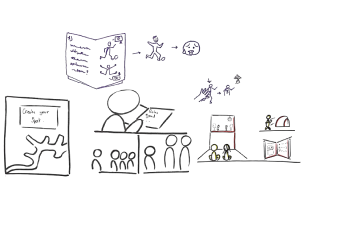
The first concept based on this idea was an interactive booklet offering children a story introducing a sport or physical activity and inviting them to try it out, with tips and instructions. This magazine would have been distributed weekly.
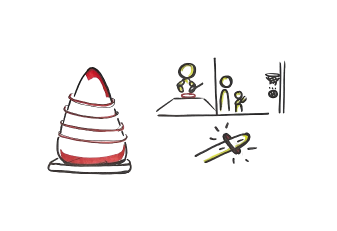
The second early concept featured a totem that evolved as the child progressed. Under parental supervision, each completed activity or sport earned a new totem element to wear or display on the toy.
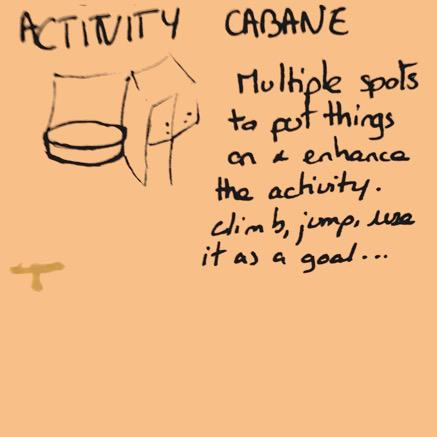
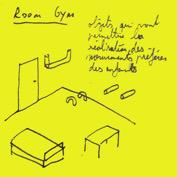
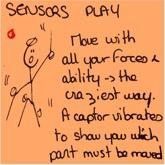
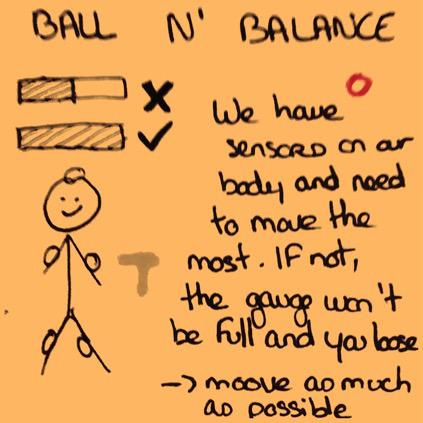
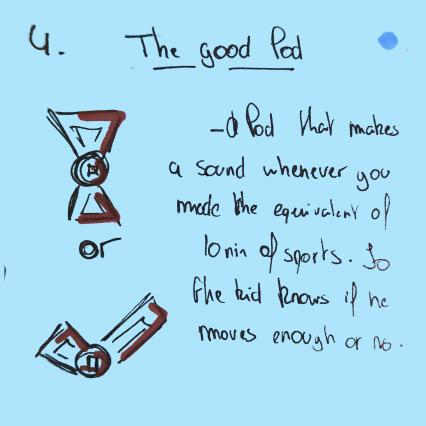
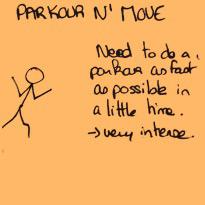

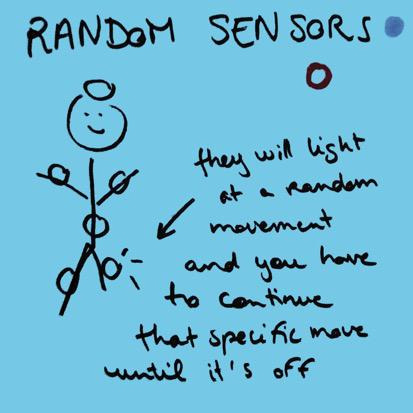
Another group of ideas led us to propose an element where children would return at regular intervals to receive rewards or challenges. Our aim was to encourage children to commit to the program and help them develop healthy habits around daily physical activity.
The main problem with this solution was that even if it helped the child establish a routine, it did not guarantee that they would stick to it. We therefore needed to come up with a solution that would encourage the child to follow this exercise routine by offering a reward that was interesting enough to keep them motivated.
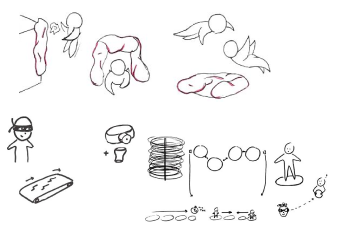
Among our iterations for this pre-concept, we imagined an object large and flexible enough for children to stand on or build with while also allowing them to create a safe, personal space to practice physical activity indoors.

We also came up with connected sensors that children could wear and place in certain locations to detect movement or press in certain places to validate an action. The connected device would bring a gamified aspect to physical activity.
Pre-concept
Sporty buddy
Our initial concept was inspired by the first group of post-it notes. The key words during the design process were gamification, challenge, evolution, and progression.
We therefore imagined an accessory that could be worn by children in different ways (necklace, bracelet, chain, etc.). In this accessory, an avatar representing their companion would accompany them on a daily basis, offering them sports missions.
The device would capture the child's movements and could show them their statistics (heart rate, steps, energy expended) like a smartwatch would, with the aim of encouraging the child to develop a desire to progress and always do more. But these sensors would also validate the challenges set by the mascot to earn rewards such as virtual fashion accessories for the mascot, so that the child is rewarded when they exercise and the device is not only seen as a sports tracking tool, but more as a customizable companion.
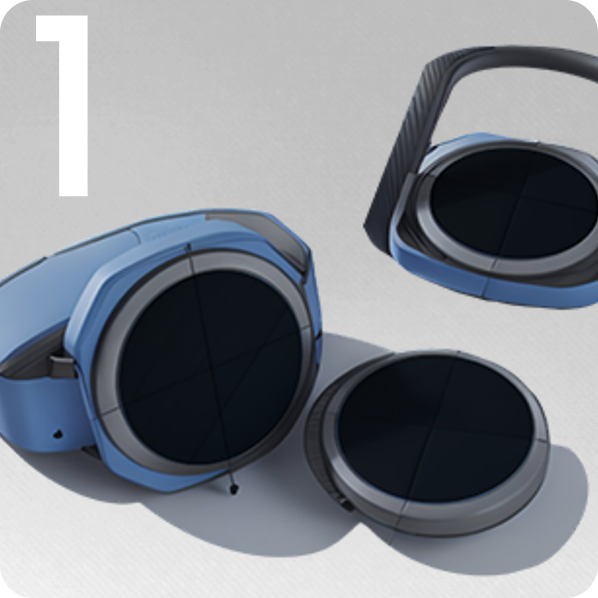
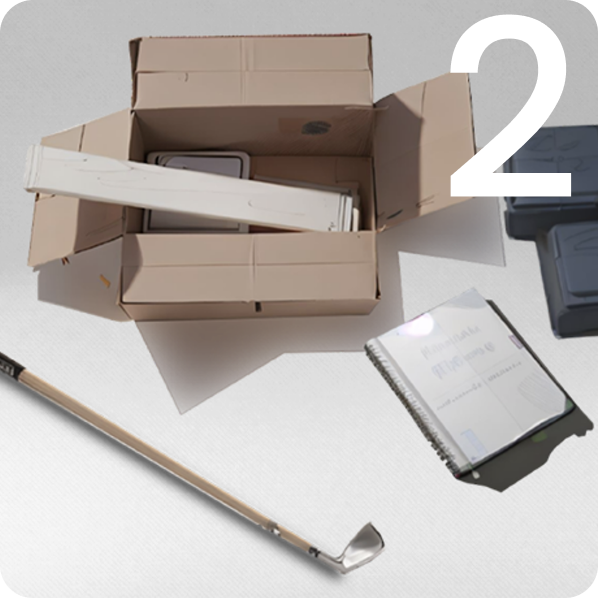
Sporty personality
Our second pre-concept focused on the themes of discovery, sharing, self-expression, and novelty.
In this pre-concept, we imagined a box delivered monthly presenting the child with an activity or sport. Inside, the child would find various equipment and accessories related to the month's theme, as well as a manual teaching them how to use them and several activities they could do with them.
At the end of the month, the child and their parents would return the box with the equipment to receive another one. This would also allow them to discover and test Decathlon products as samples.
The child would also have a personal notebook (received upon registration) that they would fill out each month after returning the box to track their physical activity progress and note their interest in a particular sport, allowing them to gradually understand what type of sport attracts them and eventually join a club.
Sporty party
Finally, for the third pre-concept, we worked on the concepts of games, configuration, movement challenges, and adaptability.
We imagined a new-generation game console that doesn't use a screen but only has a box accompanied by sensors that can be attached to different places to play (replacing the traditional controller). The console would give verbal instructions on the actions the child must perform, and the child would have to use the sensors to accomplish their goal, with the sensors detecting movement or pressure applied to them.
We wanted sensors that could be attached to any surface so they could be played both indoors and outdoors, and that could project visible lasers to offer more gaming opportunities.
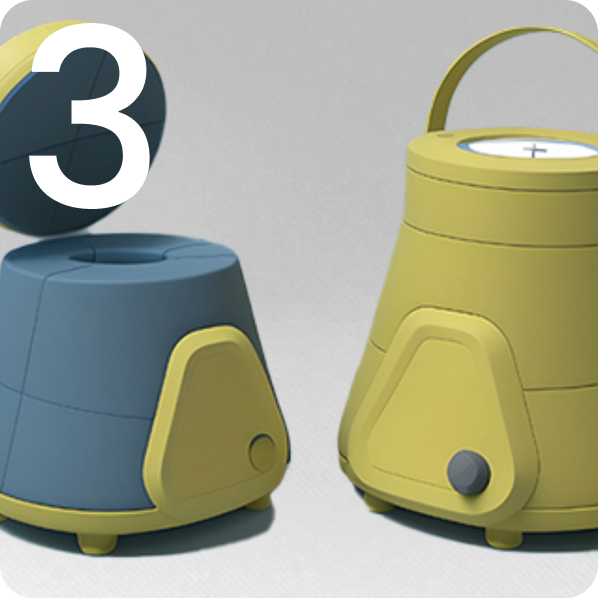
Pretotyping
In order to test the desirability of each of our preconcepts, we created pretotypes using the Pinocchio method: for each preconcept, we designed a simpler version using inexpensive materials to simulate the main functions.
We then had children in the age range of our Personas test these pretotypes in order to gather their feedback and opinions on the solution.
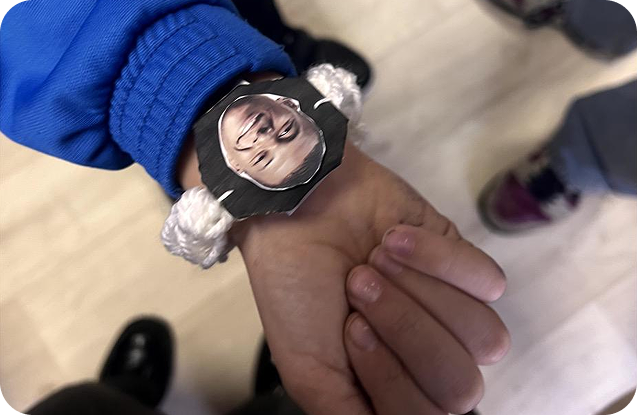
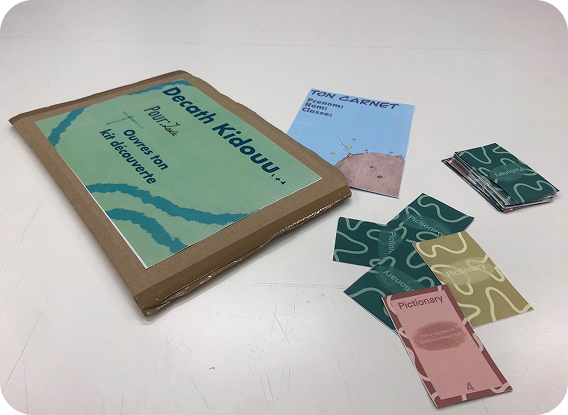
These user testing sessions with the pretotype allowed us to notice that the first preconcept was not very appealing because the children were not interested in feedback after their activities and did not perceive this accessory as a game (therefore not encouraging them to exercise).
For the second preconcept, the children were intrigued by the contents of the box and quite happy to be able to play with different accessories, but they were not interested in the notebook, which seemed too "school-like," even though it attracted the attention of the parents.
Finally, the third preconcept received the best feedback. The children enjoyed being able to engage in physical activity and exercise, as our simulation emphasized the fun aspect of the activity. Some children even asked to do the activity again after the test session.
